Karl Wilhelm Scheele - a genius who was always unlucky (10 photos)
Carl Wilhelm Scheele was born in 1742 in Stralsund, in what is now Germany. His father was a well-known merchant, but Scheele chose the path of chemistry for himself. 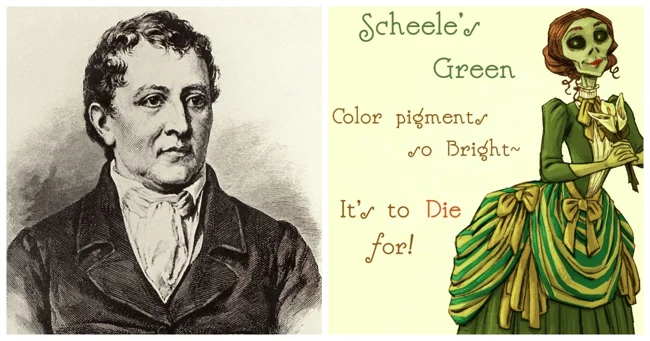
At the age of fourteen, he went to work for a pharmacist in Gothenburg, Sweden, where he gained his first direct experience with chemicals. The incredible variety of reagents available to him excited the young man's mind, and he often stayed up late conducting experiments after work. 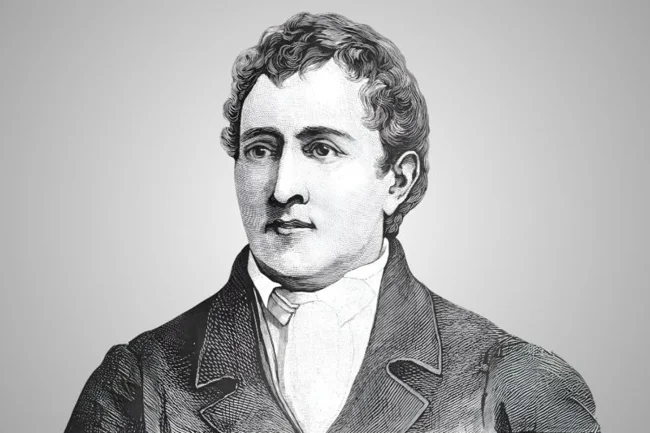
Carl Wilhelm Scheele
According to legend, one such experiment with a particularly volatile mixture resulted in a loud explosion that shook the entire house and enraged its owner. Scheele was asked to leave, but he soon found a new mentor, the pharmacist K. M. Kjellström in Malmö, who introduced him to academic circles. Two years later, in 1767, Scheele moved to Stockholm and began working as a pharmacist. 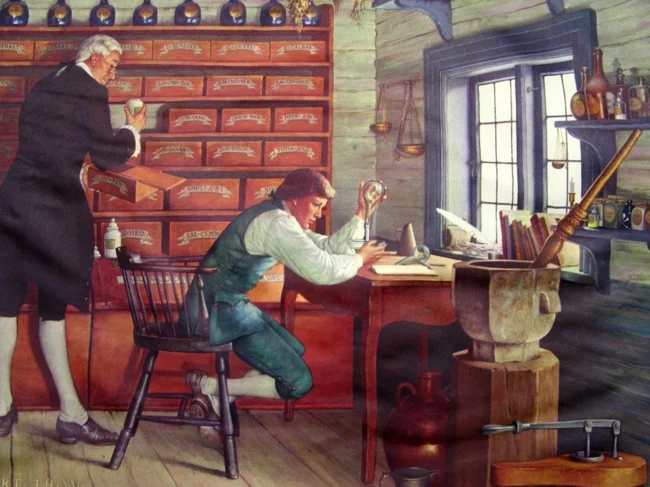
One of his first discoveries was tartaric acid, a white crystalline organic substance found in many fruits, such as grapes. Winemakers had known about it for centuries, but it was Scheele who developed a method for chemically isolating it. He was also the first to isolate lactic acid from sour milk and discovered glycerin. He discovered hydrogen fluoride and hydrogen sulfide. But his greatest achievement was oxygen. This event marked the beginning of an incredible series of scientific failures. 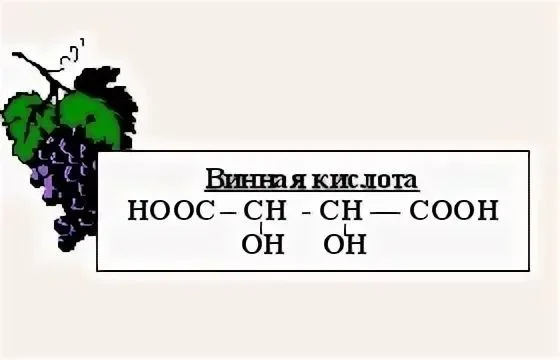
Scheele discovered oxygen three years before Joseph Priestley, but he waited six years to publish his work. By that time, Priestley had already published his experimental data and conclusions regarding the gas. Before the element was named oxygen, Scheele called it "fire air" because of its ability to support combustion. He also realized that atmospheric air was a mixture of "fire air" and "corrupt air," one of which was breathable and the other was not. 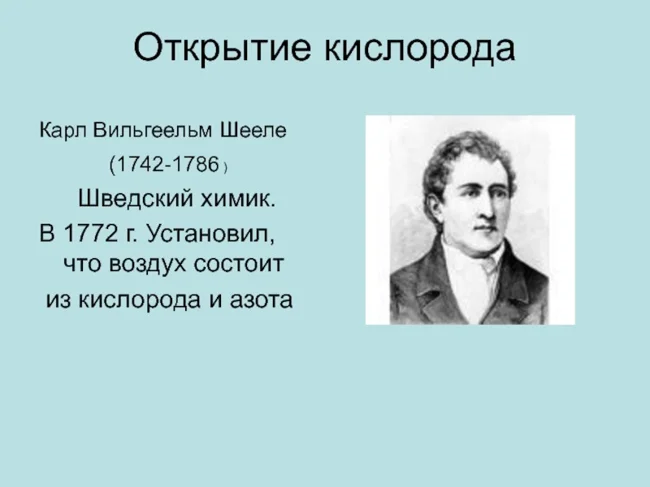
Scheele continued his research and discovered at least six more elements—barium, chlorine, molybdenum, manganese, nitrogen, and tungsten—but he never received credit for them. In the case of chlorine, Scheele mistakenly believed it to be an oxide derived from hydrochloric acid, and called it muric acid. It was forty years later that Sir Humphry Davy discovered that muric acid contains no oxygen and is a simple substance. He named it chlorine. As for barium, Scheele knew it was an element, but was unable to isolate it in its pure form. Davy did the same again. 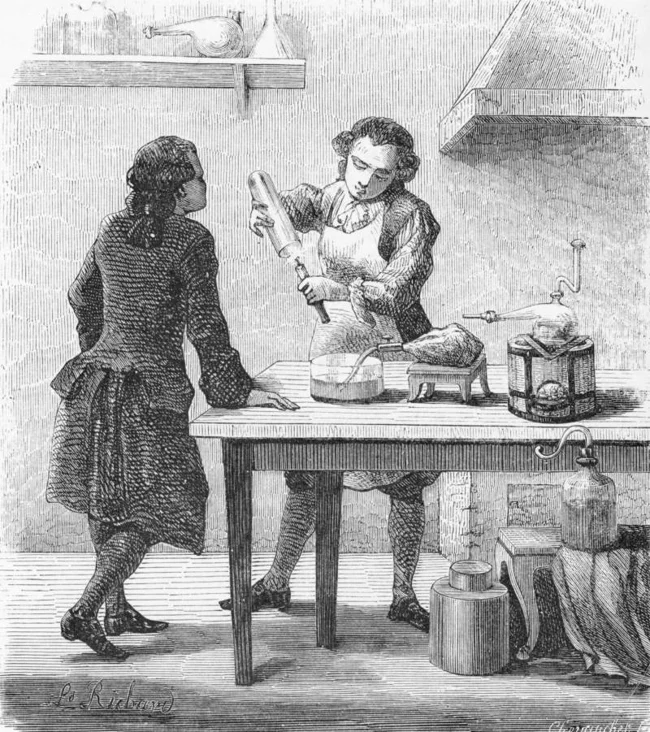
Drawing from the early 19th century depicting Carl Wilhelm Scheele's discovery of the composition of air
The same story repeated itself with molybdenum. Scheele firmly stated that the molybdenum mineral was unique and not a lead ore. He correctly assumed that it contained a new element and proposed the name molybdenum. However, it was Peter Jacob Hjelm who successfully isolated it, and he got all the credit. Scheele's streak of bad luck continued with manganese, an element he identified but also failed to extract. 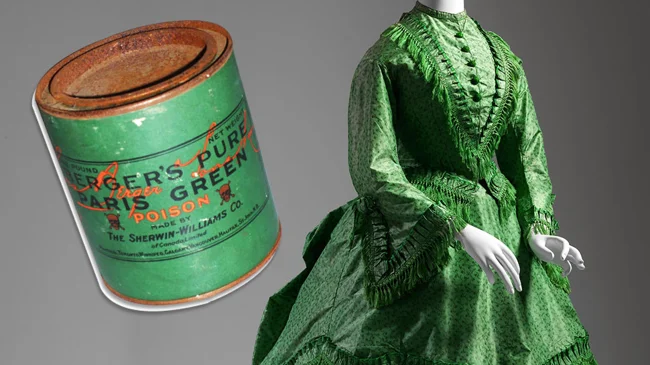
Scheele wanted to be remembered for his many discoveries, but his name would ultimately be forever linked to the one invention he himself would rather forget: a compound known as Scheele's green. Over the decades, it caused the deaths of countless people, including, perhaps, Napoleon. Scheele's green was a yellowish-green pigment used to color wallpaper, fabric, and even some children's toys. The pigment was based on arsenic. 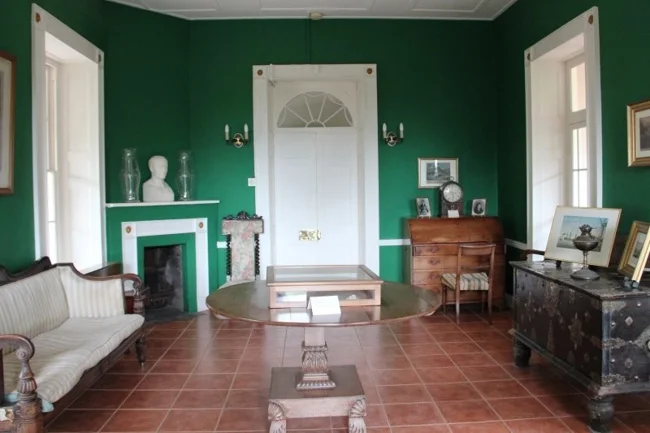
Napoleon's Room
Arsenic's toxicity was unknown at the time. People wallpapered their rooms in bright green, ladies wore green dresses, and newspapers and magazines used the rich green color for their advertisements. During his exile on the island of St. Helena, Napoleon lived in a house whose rooms were painted bright green, his favorite color. Although the official cause of death for the emperor was stomach cancer, it is known that exposure to arsenic significantly increases the risk of this disease. Analysis of samples of his hair also showed significant levels of arsenic. 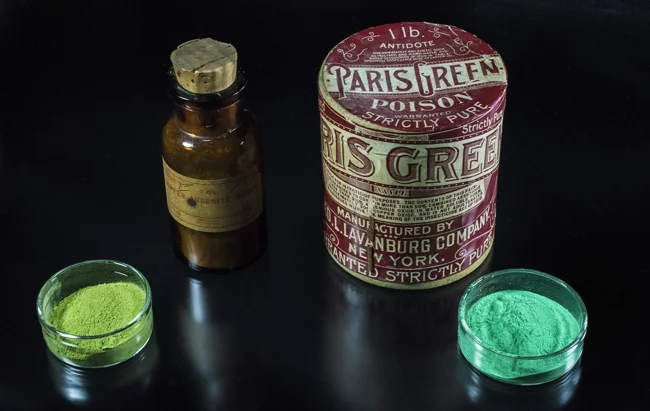
In many ways, Scheele was ahead of his time. He discovered and isolated more elements and compounds than any of his contemporaries, yet the only thing named after him was a poison. Famed American author Isaac Asimov acknowledged Scheele as one of the greatest pharmacists in history, but his failure to achieve the same level of recognition as his peers led Asimov to aptly dub the genius "Unlucky Scheele." 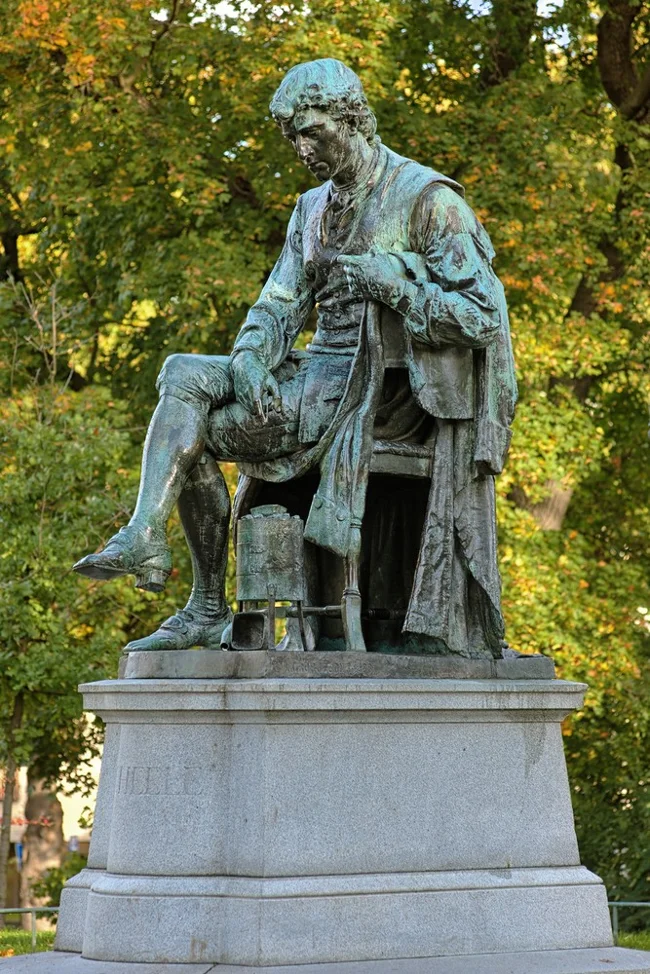
A statue of chemist Carl Wilhelm Scheele in Humlegården Park in Stockholm, Sweden
Years of working with dangerous chemicals, including heavy metals (Scheele had a habit of tasting and smelling every new substance he discovered), undermined his health and led to kidney disease. Scheele died young, at the age of 43, from mercury poisoning.


























